Porsche 961 (1986 – 1987)
Premiere: May 9, 1986 Le Mans test day
The Porsche 961 was the racing version of the 959 supercar. While the 959 rallye car was also internally called 961, publicly only the circuit racer was called 961. Only one 961 was built. It had 959 prototype chassis number which in turn was from the 1985 911 Turbo chassis number sequence: WP0ZZZ93ZFS010016.
The Story
In the early 1980’s, the FIA changed their class structure for circuit racing across the board. Gone were the categories designated by number like Group 4, Group 5 and Group 6. Instead the different classes would now be referred to by letters, Group A for touring cars, Group B for production-based sportscars and Group C for purpose built prototypes.
Porsche had been very successful in the earlier Group 5 and Group 6 categories. To build on this success, Porsche started work on a prototype for the top-level Group C, and came up with the 956. It dominated. Porsche decided as a result to develop a competitor for the Group B production category, giving the company a chance to test and improve experimental technology for use in their road cars.
In 1983 Porsche showed the Gruppe B concept car to the world. Plans were made to build both a production version and a racing variant, and set up a costumer program for privateers like they had done with the 956. The project lead to the presentation of the 959 production sports car at the 1985 Frankfurt Motor Show.
As early as 1983, Porsche was modeling different shapes for the 961 race car. Project manager Helmuth Bott decided to base the Type 961 on the Porsche 959. They went about modifying a sole 959, chassis 959, chassis 10016, by adding larger 19 wheels and numerous aerodynamic upgrades. This would make the build relatively easy and promote the new Porsche flagship better than a more radical design. Engine design was trusted to Valentin Schaffer who created the 961/70. He used the 959 flat-6 with 9.5 compression and 19 psi of boost to produce 680 bhp at 7500 rpm. For endurance purposed this was scaled back to 640 bhp. Each bank of cylinders had its own turbocharger and air-to-water intercooler. Water was fed from the cylinder-head cooling system and the block was exclusively air-cooled.
Modifications to the body and under tray focused on aerodynamics. At the rear was large adjustable wing. The wider fender flares accommodated 11-inch wide wheels.
Racing
In January 1986 three of these high performance sports cars had demonstrated outstanding reliability and speed, finishing first, second and sixth at the Paris-Dakar marathon rally. After the 1986 Paris-Dakar was over, Porsche focused their efforts on the 961 for Le Mans. All new body panels were formed out of resin. The brakes were the larger 956 rotors with standard 959 calipers.
Now the technologically-pioneering sports car tackled the toughest long distance race in the world. Racing the 961 at Le Mans underscored the performance of technologies that the 959 would feature for road use – from all-wheel drive over sequential turbocharging of the 2.85-litre engine to the new six-speed gearbox, which was built in a near-standard spec, as were the brake calipers.
The engine put out 640 hp which was around 200 hp more the its standard equivalent, thanks to increased boost and an altered mapping of the engine electronics. The body was slightly modified for Le Mans with a large adjustable rear wing and additional air inlets for the engine and transmission cooling.
At Le Mans the 4WD Porsche was a sensation. It retained the complex torque-splitting PSK system with about 80% of the available power going to the locked rear differential. With Le Mans gearing a theoretical 213 mph was possible. The 961 was the only car entered in the experimental IMSA GTX category of racing. Drivers René Metge and Claude Ballot-Lena were responsible for all-white Porsche number 180. It was one of the few cars to race the event in 4WD and the only 959 that raced on track. The 961 did well and finished 7th driven by Claude Ballot-Léna and René Metge (Metge had won the Paris-Dakar rallye with the 959 in the beginning of the year). Six cars in front of the 961 were all Group C Porsches, so the 961 took the maximum out of the race. The 961 had the 936/956/962 Group C racer engine with 24 valves and water-cooled heads.
After Le Mans, Porsche flew the only 961 to America and contested the last round of the 1986 IMSA championship at Daytona but without success. During the three hour race, the car suffered tire problems and finished 24th overall.
In 1987, the car made its second appearance at Le Mans in classic Rothman’s livery. Wider tires were fitted. For 1987 Le Mans, the power of the 961 was raised from 471 kW (640 DIN hp) to around 500 kW (680 DIN hp). With the enormous power and 1150 kg (2535 lb), the 961 should have been fast, but it didn’t get a solid qualification time and in the race the drive shafts broke more than once. Thanks to 4WD, the car could return to the pits for repairs. In the morning, in the hands of Kees Nierop it suffered an accident and the rear-end was extensively burned. This was a the last race for the 961. the car was crashed. Visually it wasn’t damaged too badly and looked repairable, but fire started in the engine room, ending the Le Mans for it.
The Porsche 961 was restored and given to Porsche Museum collection.
A Visual History & The Details





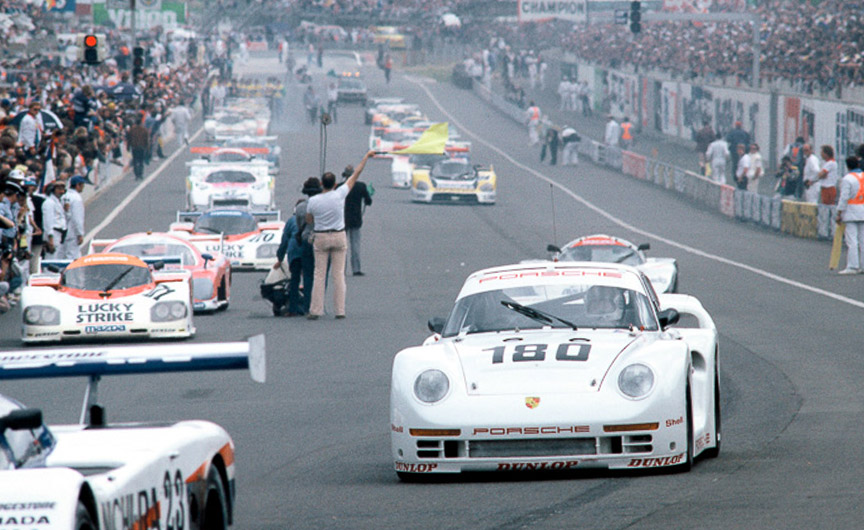

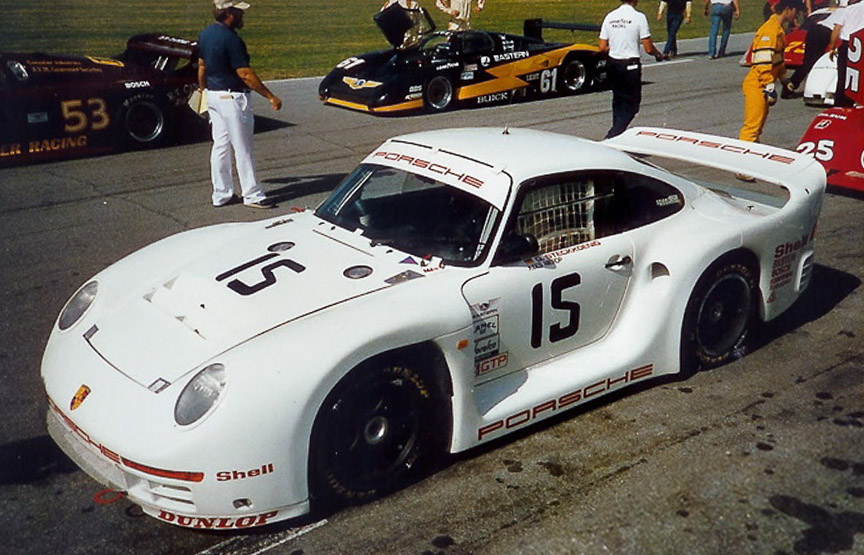
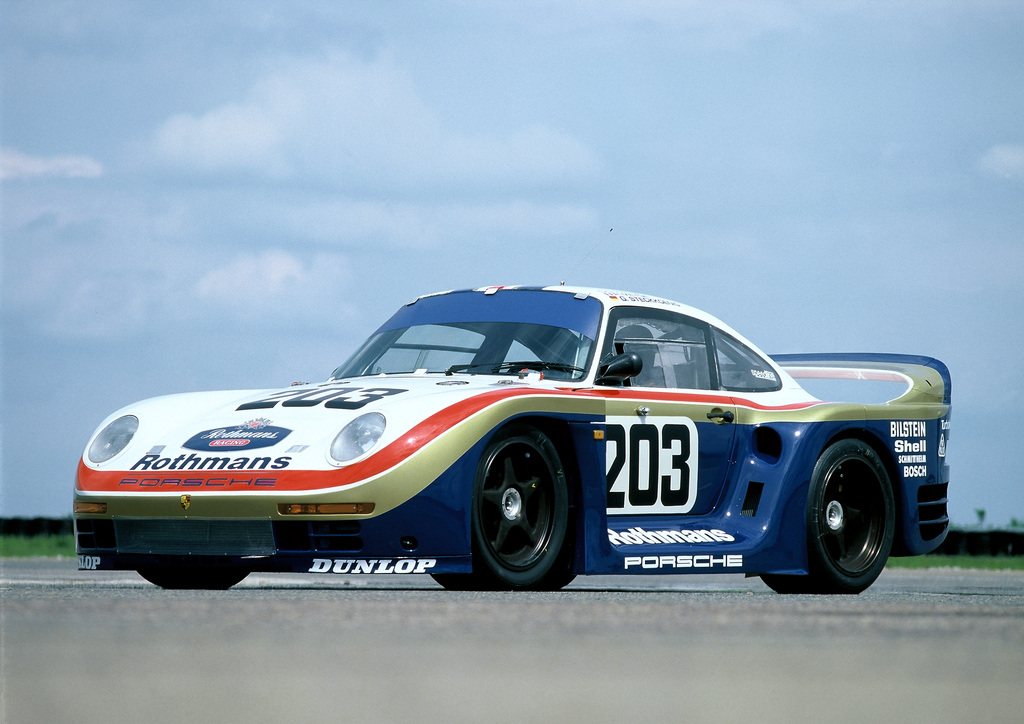
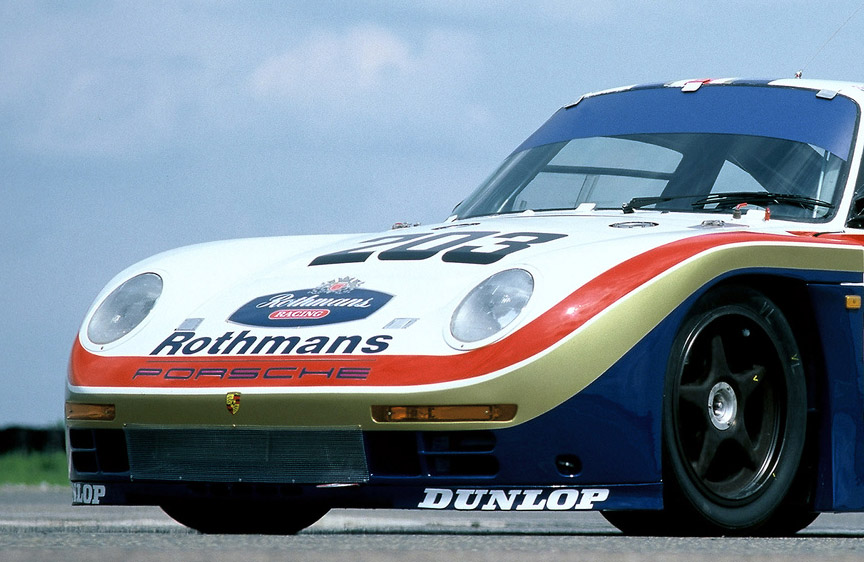


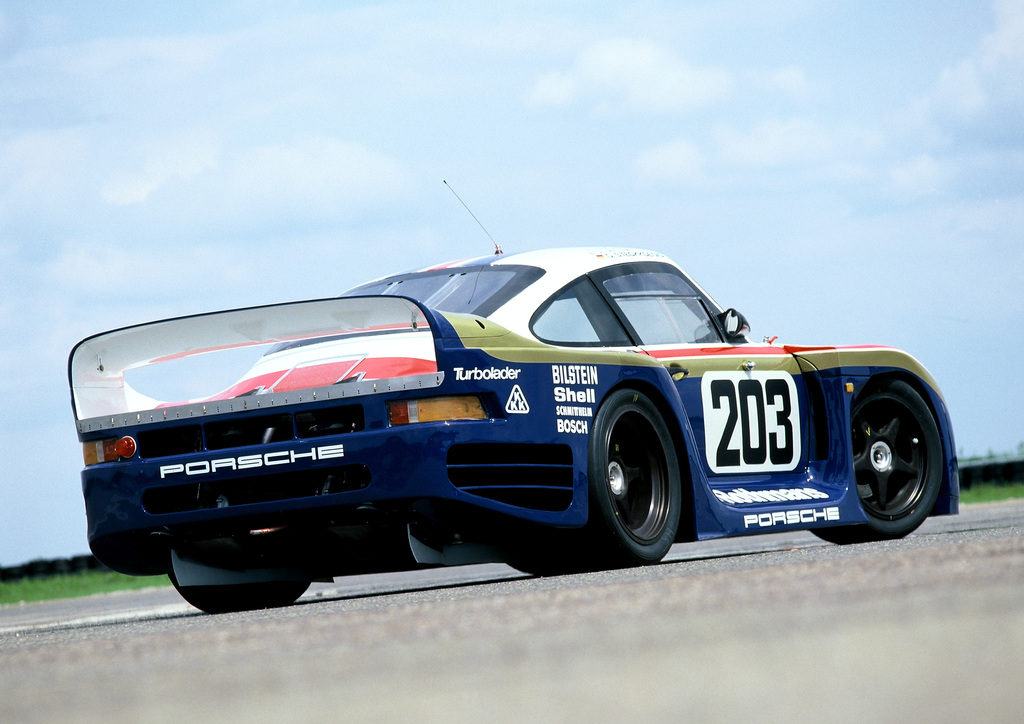






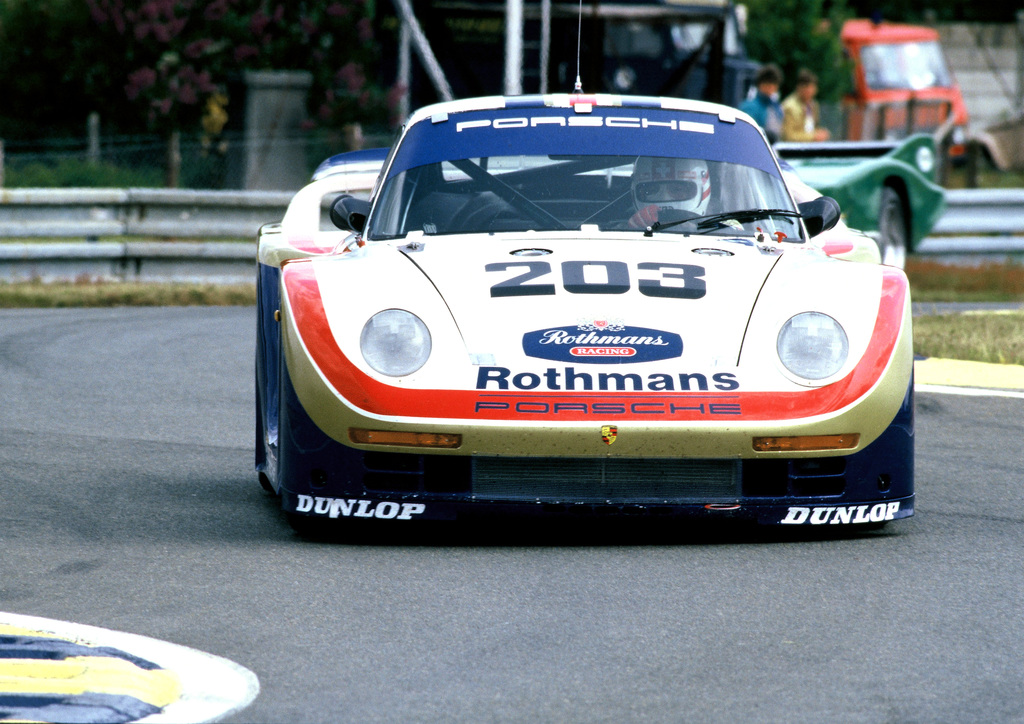
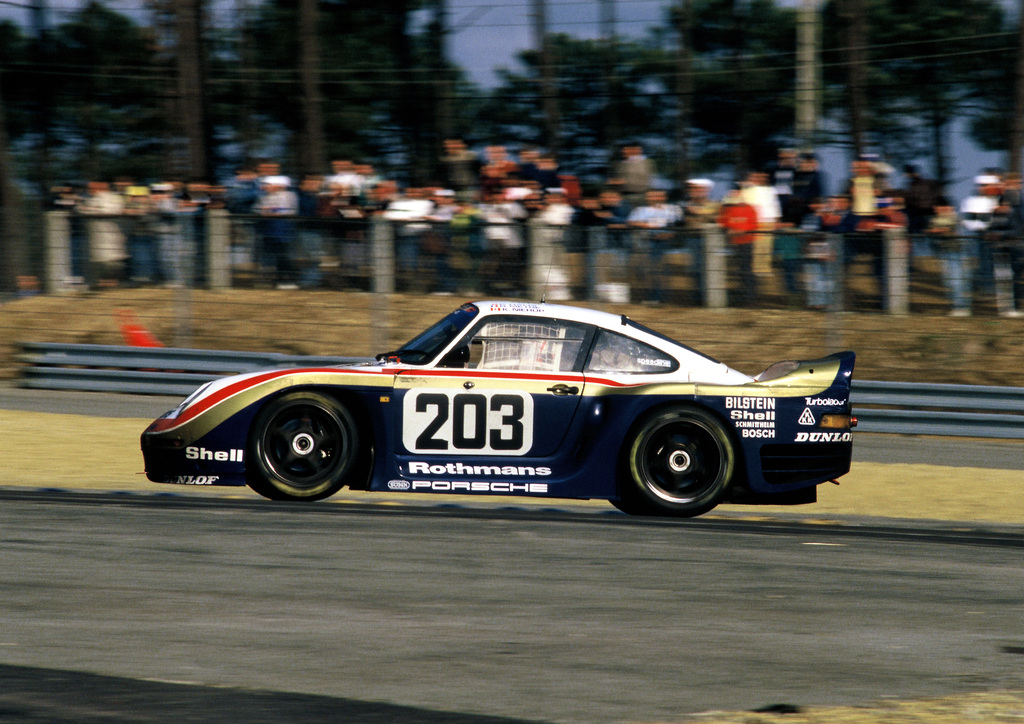
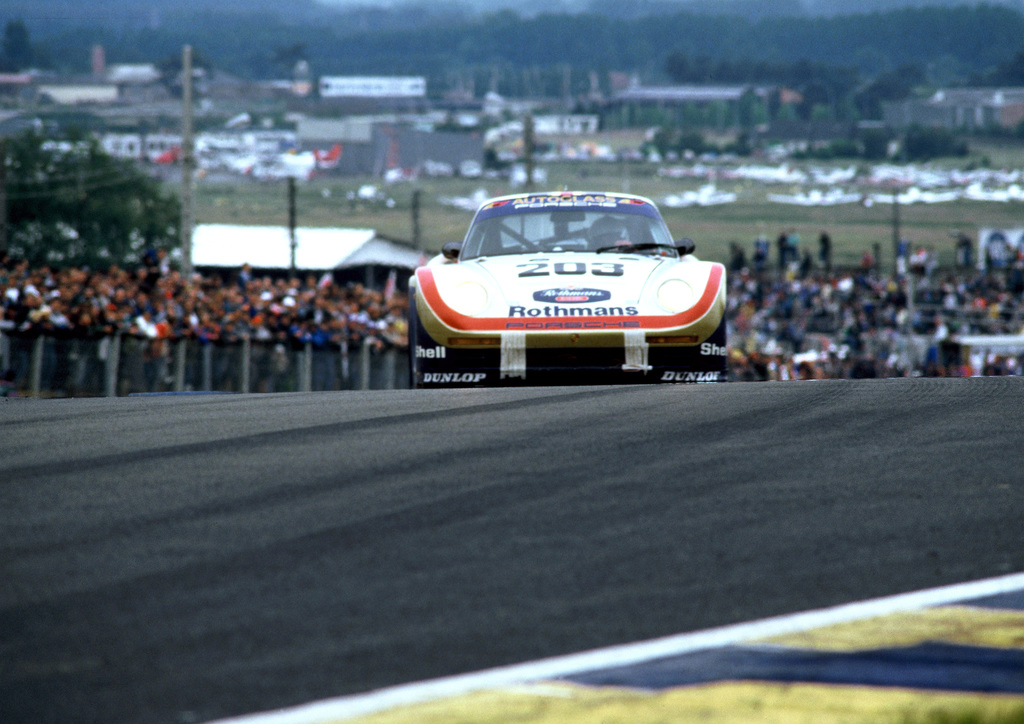
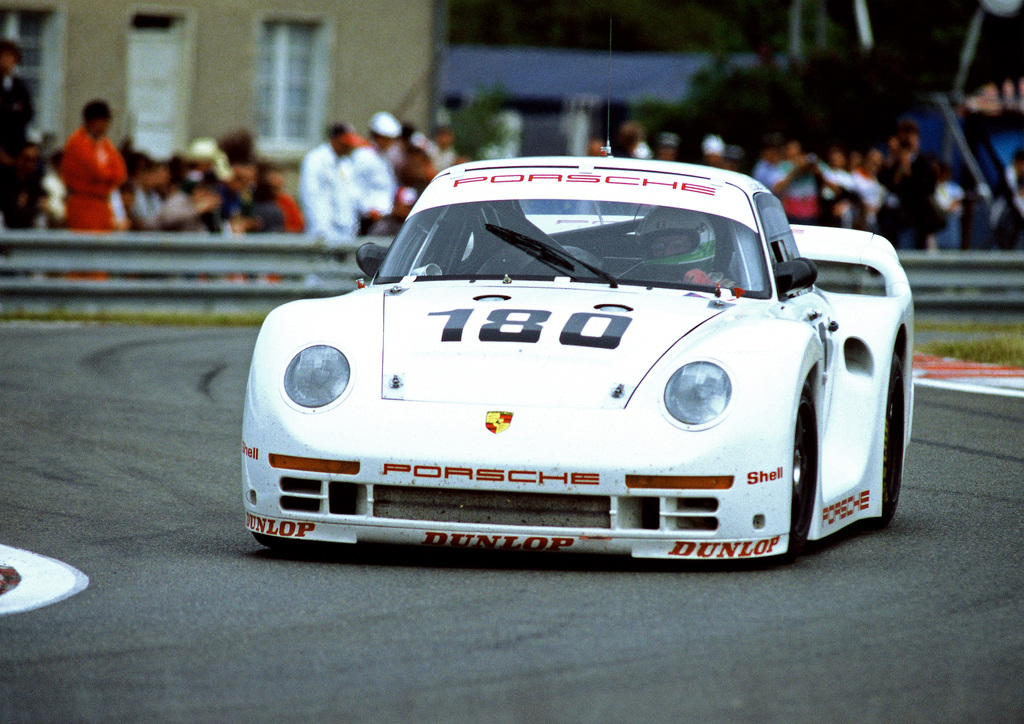


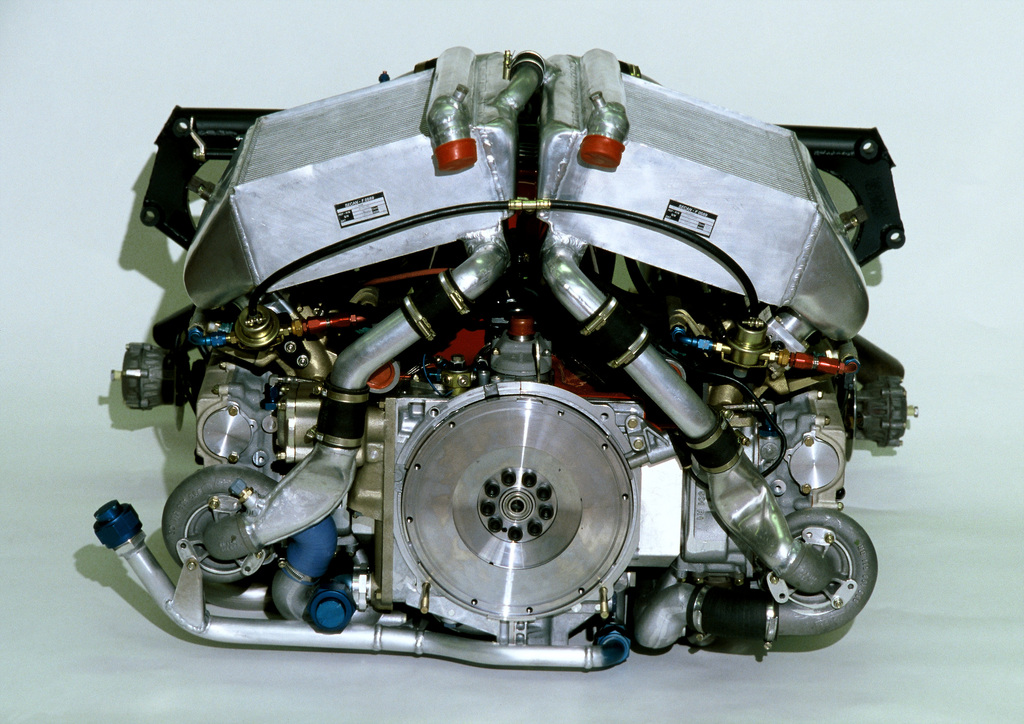
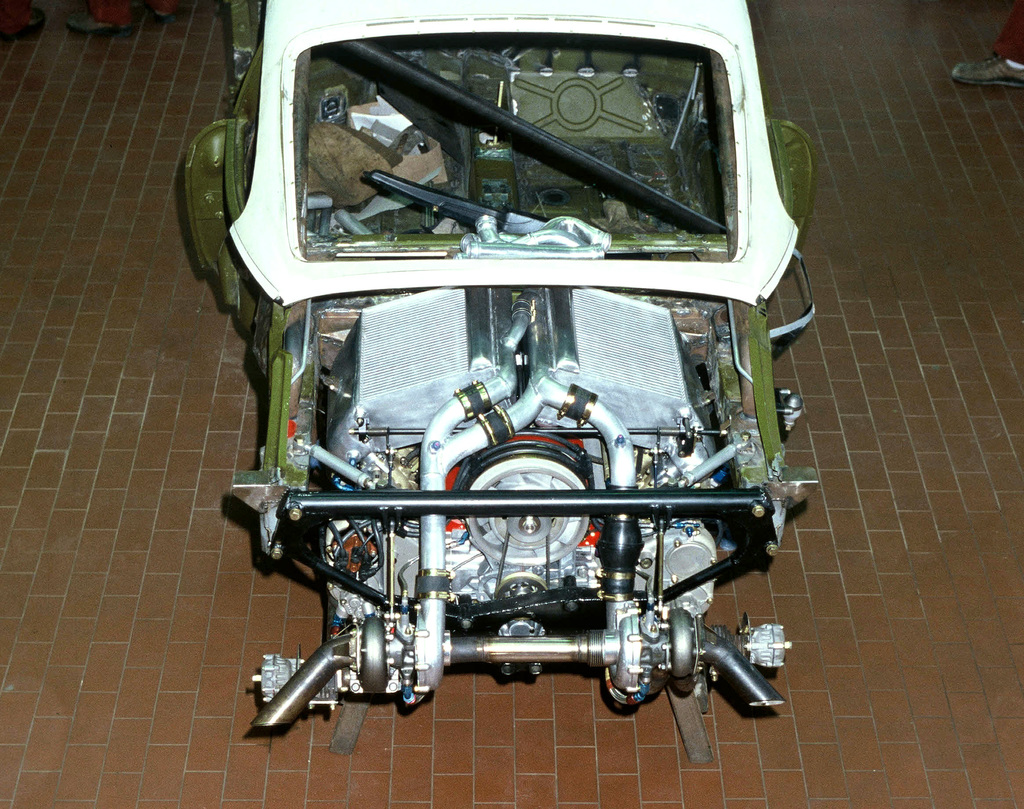







I was at Daytona when the 961 ran. It was hopelessly out of its element. Sitting in the pits with the Porsche mechanics was a thrill anyway.
0